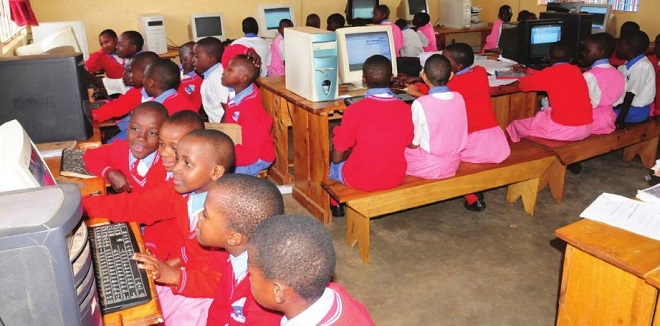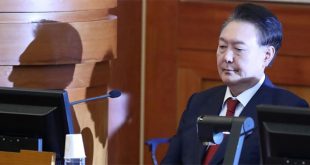
Seasoned educationalist Fagil Mandy warns that actually many nursery schools – even those that appear – modern are not clear about what these early learners should be taught. This is because measures for participation in ECD remain unclear.
“It can be difficult to distinguish between developmental activity and mere child care,” he says.
However according to Deborah Magera, a curriculum specialist at the National Curriculum Development Center, there is a framework that nursery school teachers follow, which she says, focuses on children between three and six years old.
She says teachers are guided on how to assess whether the child is learning where training is divided into three parts. These are; the head for reasoning, emotional development to give a child a reason to live, and the hands to discover what talents the child has at an early stage.
But, this remains generally unknown or not followed as there’re no official final examinations as is the case for Primary and Secondary levels. Determining whether or not the child gained competencies at this level highly merely depends on a teacher’s discretion.
Herbert Asiimwe Mutamba, an author and retired teacher, says in the current form where pre-schools don’t have a definite syllabus, it creates confusion when a child finally goes to Primary school because a teacher will not knowwhere to start to teach a child because different nursery schools teach completely different things.
“Some children are taught things they should learn at Primary one level in middle or top class. Things end up confusing them and they completely lose interest yet at nursery level it’s easier to learn if they are taught in an appropriate way,” says Mutamba.
To Mandy, all that confusion comes up because of poor supervision and the fact that nursery school teachers are mostly not professionals. He says the government is weakest and negligent at this level yet it’s a critical stage when the child’s brain is being wired and all the senses are growing. It’s at this stage when the child wants to try out everything. “If we don’t invest in the first five years, we are not likely to have future workers,” he warns. Official figures indicate that more than seven million pupils attend public primary schools (UPE) compared to only 1.5 million in private schools, which makes government investment in nursery school education not urgent but also long overdue.
Recognizing this need, Huzaifa Mutazindwa, who heads the Directorate of Education Standards (DES) in the Ministry of Education, Sports, Science and Technology, says they are planning to attach a nursery block at existing government primary schools to cater for the big numbers that can’t afford private schools. But, he said before rolling this out, they are still rectifying the challenges that came with adoption of the thematic curriculum at lower primary recently where they introduced teaching in local languages with no trained vernacular teachers.
“Apart from Luganda and Runyakitara, there were no language boards for other tribes. We are now setting them up to ensure that learners get desirable competencies. Later we will consider ECD,” he says.
Mary Goretti Nakabugo, the Uwezo country manager, said since the government can’t afford setting up kindergartens, they should give a subsidy to private providers to make it a bit cheaper in order to increase accessibility for all since even in urban areas it’s only 52.8% children that can access early childhood education. That would be okay if access at upper levels was any better. The report indicates that education accessibility at all levels remains grim.
Although Uganda boasts of attaining universal primary education for all at 94% according to Ministry of Education enrollment figures of 2014, the Uwezo team found stark regional disparities in access to primary education persist. In the Karamoja region for instance, a large proportion of children between 9 and 16 years have never seen the inside of a classroom.
For instance, 61% of the children in Kotido District have never been to school, compared to Kiruhura, Kibale and Hoima districts where it stands at 6%.
According to the National Census 2014, one in every ten children of primary school going age (6-12) had never been school. In addition 22% of secondary school-age (13-18) students had already left school. The report shows that 58% of Ugandans aged 6 years and above have attained primary education down from 61% in 2002.
In terms of literacy, about 72% of the population is literate, up from 70% in 2002 and 54% in 1991. Investing in functional early childhood education now could be one way to lift this percentage by the next census.
 The Independent Uganda: You get the Truth we Pay the Price
The Independent Uganda: You get the Truth we Pay the Price



